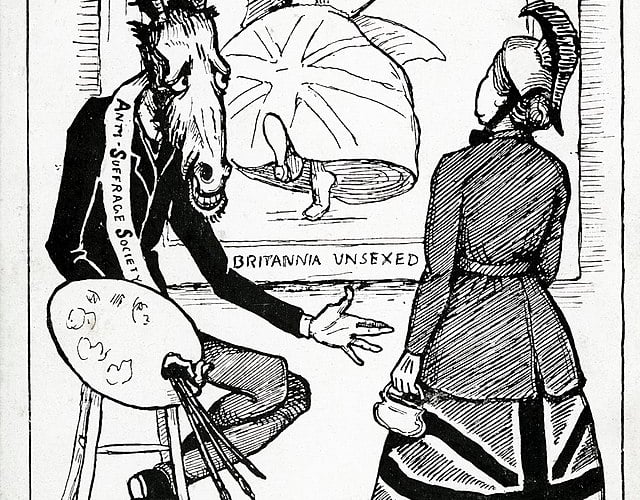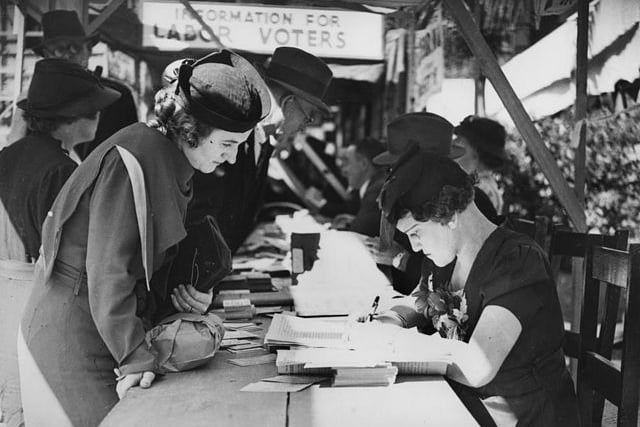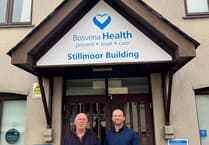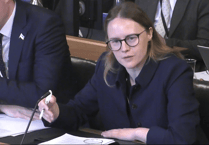WITH the country preparing to go to the polls, many will be proudly exercising their right to vote. However, what is the history of voting in the UK?
While today, the right to vote may feel like a normality, 200 years ago, less than three per cent of the population had the ability to voice their opinion on important issues affecting the country.
Two centuries ago, Britain’s voting system was anything but inclusive. Underrepresentation and overrepresentation of certain boroughs was common, following a population boom during the industrial revolution, Manchester had more than 182,000 people living there, however, had no MPs of its own. Meanwhile, Cornwall had more than 190,000 residents and was represented by 42 seats in the Commons. As well as this, some constituencies were even bought and sold with the right to choose an MP included in the sale clause.
It wasn’t until 1832 that the ‘People Act’ extended the vote to men ‘meeting property qualification’, reduced rotten boroughs – areas with very small populations – and redistributed parliamentary seats to better represent urban areas.
While this went some way to creating a fairer voting system, there was still plenty that needed doing. It took a further 35 years to extend the vote to ‘urban working men’ who met the property qualification and another five years to introduce secret ballots.
As the nation approached the 20th century, still only 58 per cent of the adult male population was able to vote, including some working class men. However, for the female population, voting wasn’t an option. Even women who were in similar circumstances to qualifying men, being rate-payers and subject to the same laws of the land, were denied the right to vote.
From the mid-19th century, there was a growing sense of injustice and groups of women joined together to campaign for the vote.
Suffragist groups, as they were known, existed all over the country and under many different names but their aim was the same: to achieve the right to vote for women through constitutional, peaceful means.

Suffragists believed in achieving change through parliamentary means and used lobbying techniques to persuade members of parliament sympathetic to their cause to raise the issue of women's suffrage in debate on the floor of the house.
Between 1870 and 1884 debates on women's suffrage took place almost every year in parliament. This succeeded in keeping the issue in the public eye as parliamentary proceedings were extensively covered in the national and regional press of the time.
In 1903, Emmeline Pankhurst founded the WSPU, the Women’s Social and Politcal Union. Under her leadership the WSPU was a highly organised group.
WSPU members were determined to obtain the right to vote for women by any means and campaigned tirelessly and sometimes violently to achieve this aim.
_office-_1913-_(22930678132).jpg?trim=8,0,9,0&width=752&height=501&crop=752:501)
Initially the WSPU's tactics were to cause disruption and some civil disobedience, such as the 'rush' on parliament in October 1908 when it encouraged the public to join in an attempt to invade the House of Commons. 60,000 people gathered for the protest but the police cordon held fast.

However, the lack of government action led the WSPU to undertake more violent acts, including attacks on property and law-breaking, which resulted in imprisonment of some of its members and hunger strikes.
These tactics attracted a great deal of attention to the campaign for votes for women.
After 15 years of campaigning by women and groups like the WSPU, representation of the People Act extended vote to all men over 21 and women over 30 who met a property qualification.
It was not until the Equal Franchise Act of 1928 that women over 21 were able to vote and women finally achieved the same voting rights as men. This act increased the number of women eligible to vote to 15 million.
Finally, some 41 years later, in 1969, representation of the People Act extended the vote to men and women over 18, and for the last 55 years, this has remained the same, giving equal right and equal say to every adult.
Now, despite its difficult history, voting can ensure that each individual has a voice and a democratic medium to affect change within the country.


.JPG?width=209&height=140&crop=209:145,smart&quality=75)


Comments
This article has no comments yet. Be the first to leave a comment.